Table of Contents
The distance formula is a fundamental concept in mathematics that allows us to calculate the distance between two points in a coordinate plane. It finds its applications in various fields such as geometry, physics, and computer science.
Definition of the Distance Formula:
The distance formula is a mathematical expression used to find the distance between two points in a two- or three-dimensional space. It is based on the Pythagorean theorem, which states that in a right-angled triangle, the square of the hypotenuse (the side opposite the right angle) is equal to the sum of the squares of the other two sides.
The distance formula can be represented as:
the distance formula: For two points in a two- and three-dimensional space is as under;
Distance = √(Δx² + Δy²)
Distance = √(Δx² + Δy² + Δz²)
Derivation of the Distance Formula:
To derive the distance formula between two points:
Let’s consider two arbitrary points in a two-dimensional plane, Point A (x₁, y₁) and Point B (x₂, y₂). Our goal is to find the distance between these two points.
Step 1: Finding the Horizontal and Vertical Differences:
First, we calculate the differences in the horizontal and vertical coordinates between the two points. We obtain:
Δx = x₂ – x₁
Δy = y₂ – y₁
Step 2: Applying the Pythagorean Theorem:
The Pythagorean theorem states that in a right-angled triangle, the square of the hypotenuse (the side opposite the right angle) is equal to the sum of the squares of the other two sides. In our case, the hypotenuse represents the distance between Point A and Point B.
Using the Pythagorean theorem, we have:
Distance² = Δx² + Δy²
Step 3: Taking the Square Root:
To find the actual distance, we take the square root of the sum obtained in Step 2. This gives us the distance formula:
Distance = √(Δx² + Δy²)
The distance formula in three-dimensional space is then given by:
Distance = √(Δx² + Δy² + Δz²)
To derive the distance formula, we consider two points, P₁(x₁, y₁, z₁) and P₂(x₂, y₂, z₂), in a three-dimensional space. We aim to find the distance between these two points.
Step 1: Identify the differences in coordinates:
We start by finding the differences between the corresponding coordinates of the two points. This can be represented as:
Δx = x₂ – x₁
Δy = y₂ – y₁
Δz = z₂ – z₁
Step 2: Square the differences:
Next, we square the differences obtained in Step 1:
Δx² = (x₂ – x₁)²
Δy² = (y₂ – y₁)²
Δz² = (z₂ – z₁)²
Step 3: Sum the squared differences:
We add up the squared differences obtained in Step 2:
Δx² + Δy² + Δz² = (x₂ – x₁)² + (y₂ – y₁)² + (z₂ – z₁)²
Step 4: Take the square root:
To find the distance between the two points, we take the square root of the sum obtained in Step 3:
d = √((x₂ – x₁)² + (y₂ – y₁)² + (z₂ – z₁)²)
This derived formula gives us the distance between two points in a three-dimensional space
Also, read the silver sport transmission









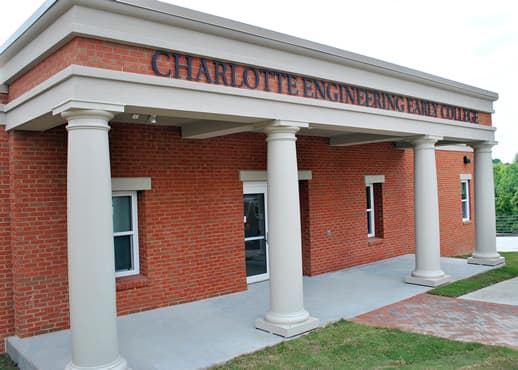



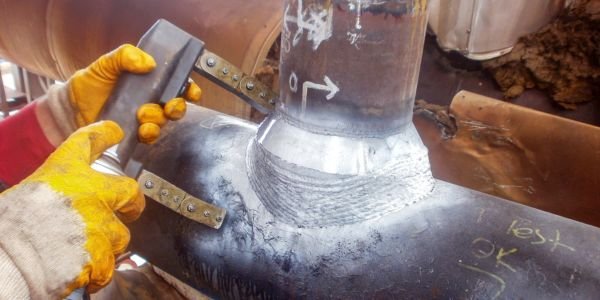









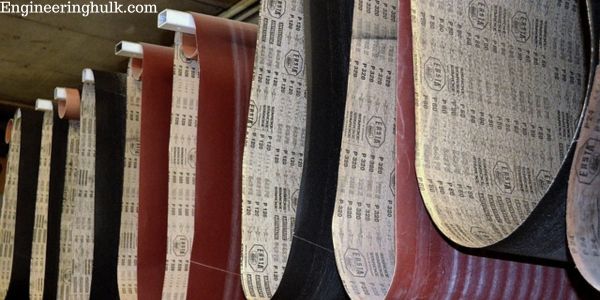

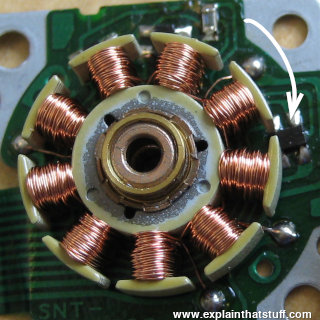
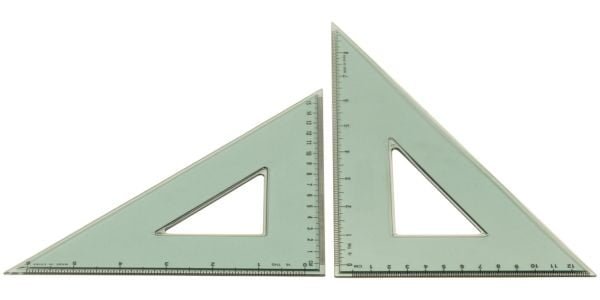




Comment on “Distance Formula – Details, Definition, & Derivation”
Comments are closed.